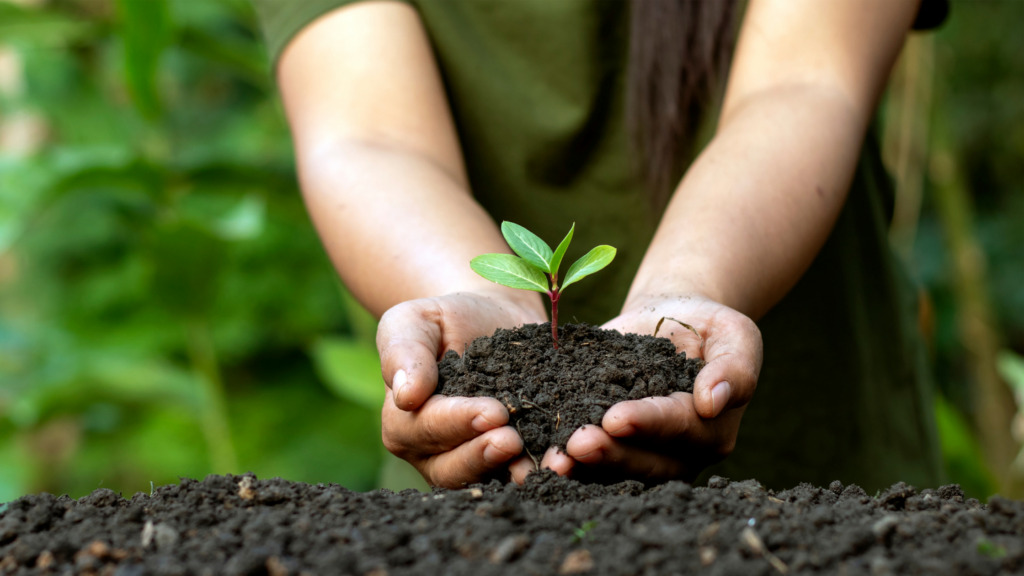Climate change is seriously disrupting delicate ecosystems around the world. And while we’ve long been concerned with the health of our air quality and oceans, one area that’s often overlooked is the state of our soil. It’s almost hidden from view in the environmental-protection backdrop. There has been a shift in agriculture with regard to mounting farm production triggering environmental and human-health concerns.
The effect of fertilizers and herbicides on our land is cause for alarm, but it’s largely flying under the radar relative to a depleted ozone layer, melted ice caps and deforestation. I’ve learned that since topsoil doesn’t hold onto nutrients or water, there’s been a degradation of the land that is impacting our health in terms of respiratory illness, as well as chemicals in the soil and runoff water seeping into drinking water.
This is causing cancer, developmental problems in children and other problems. And in the increasingly competitive race to produce more crops by plowing and disrupting the soil, we’re also releasing more greenhouse gases. The problem is that farming isn’t necessarily an industry that is quick to adopt new processes and technologies.
So-called land degradation, along with extreme weather events and water scarcity, has been cited by the World Health Organization as a factor that’s responsible for not only displacing people, but also undermining their health. The U.S. Environmental Protection Agency has deemed improving soil health “one of the most important conservation endeavors of our time,” especially as the world population grows alongside food-production demands. More than half of greenhouse gas emissions are traced to agricultural soil management. Ultimately, it’s up to all of us to become better stewards of the soil. Our lives depend on it.
Previous Articles:
Applying Burning Man principals to corporate leadership
Leading without authority allows for nimble management
